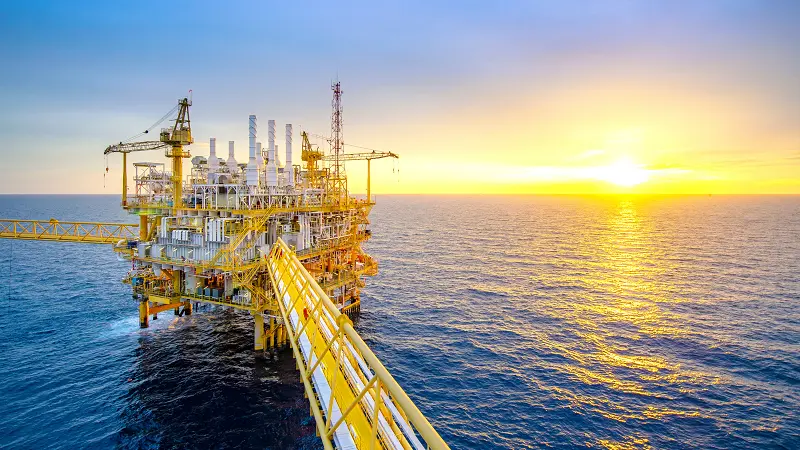 Decommissioning activities can be complex and challenging, and unexpected costs can often arise.
Decommissioning activities can be complex and challenging, and unexpected costs can often arise.
This is illustrated by some of the challenges faced by Woodside, which is currently executing multiple complex decommissioning activities offshore Australia. In its Q2 2025 report it outlines progress in the quarter.
“We successfully completed the plugging of the Minerva and Stybarrow wells. Removal of other equipment at the legacy Minerva, Stybarrow and Griffin assets has been impacted by unexpected challenges, with further engineering and alternative solutions required. Whilst this has had some cost impacts, we are applying learnings to improve planning and execution,” said Woodside CEO Meg O’Neill.
The company successfully completed the plug and abandonment of the three remaining wells at the Minerva field, offshore Victoria, as well as concluding the 10-well Stybarrow plugging campaign. It recovered around 45% of the Minerva pipeline across State and Commonwealth waters. However, activities had to be suspended due to challenges to pipeline recovery and adverse weather conditions, with recommencement depending on vessel availability.
Woodside continued decommissioning activities in the Bass Strait, including the submission of environmental approvals and plugging of 22 wells.
The company is currently evaluating decommissioning work plans for Minerva, Stybarrow and Griffin.
“The as-left condition on some closed sites has continued to present challenges for safe and efficient execution of decommissioning,” the company said, adding that these challenges have pushed up spend and cost estimates.
O’Neill said the company continued to demonstrate operational excellence and world-class project execution over the second quarter, with a focus on driving future growth and value.
On its website, Woodside underlines its commitment to executing decommissioning activities with a focus on safety and the environment, coupled with efficiency. “Decommissioning is integrated into project planning and operations, from the early stages of development through to the end of field life. This includes conducting assessments to inform our planning and decision making, which is underpinned by science and marine research. In the developing regulatory environment, we continue to listen, learn and respond to our stakeholders, while expanding our global decommissioning experience,” the company says.
Woodside’s decommissioning approach recognises the importance of reusing and recycling material from its decommissioning activities where possible. Its waste mitigation hierarchy prioritises reduction, reuse, recycling, and treatment over disposal.




